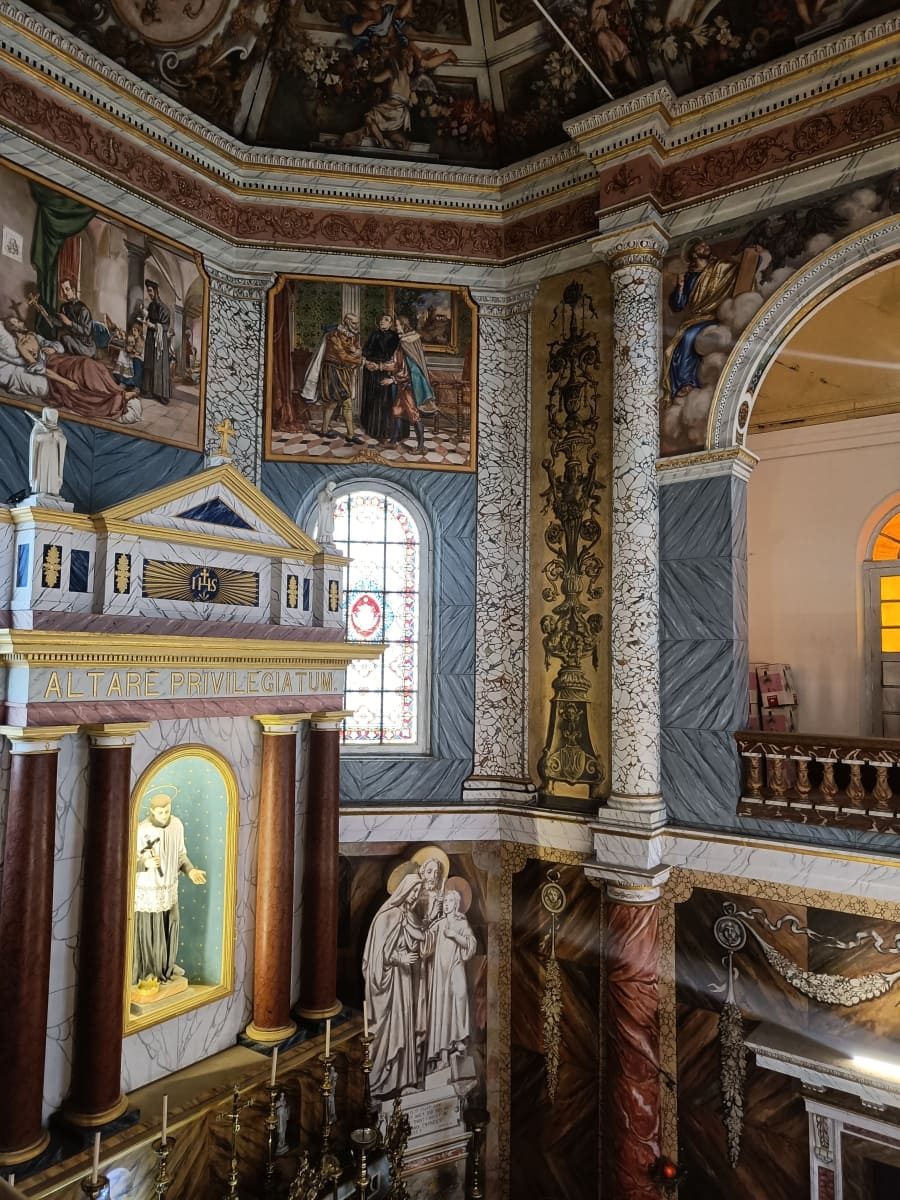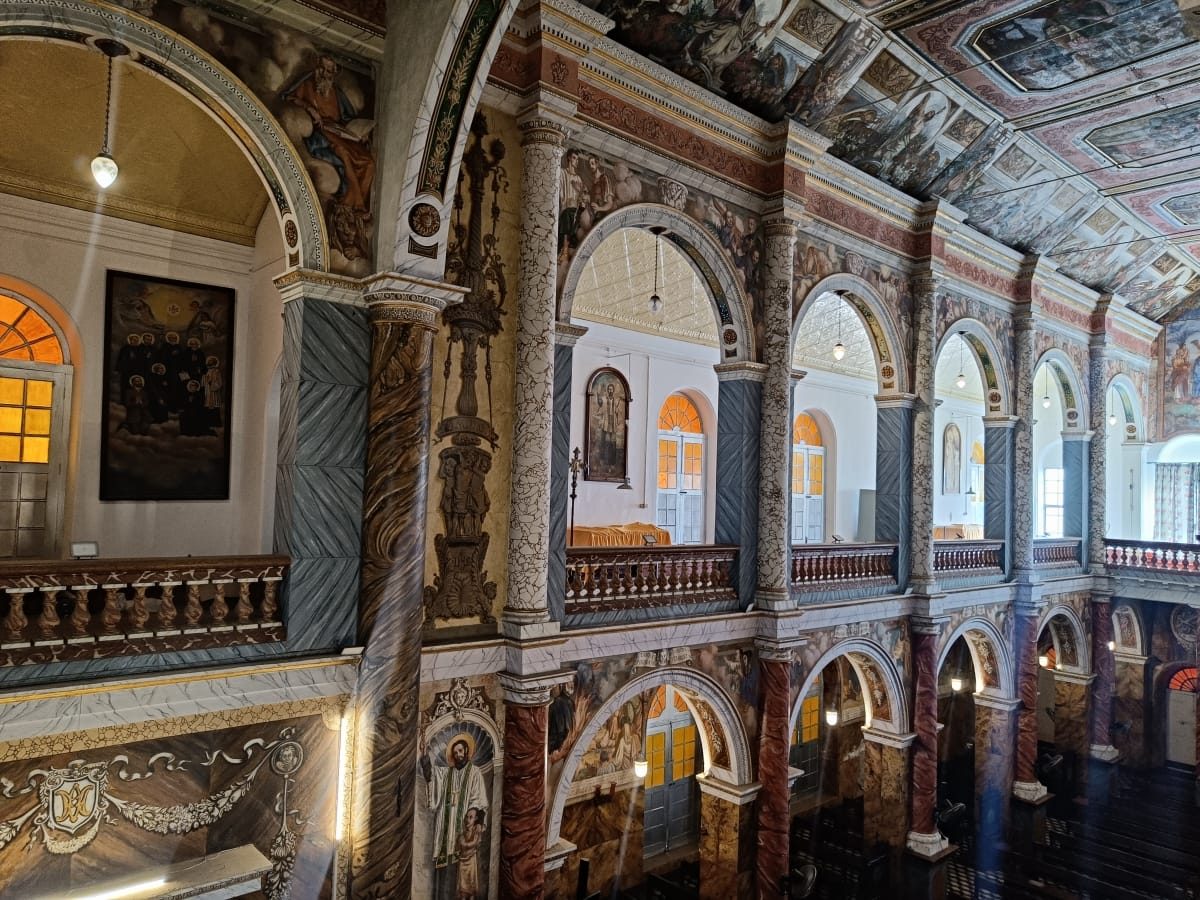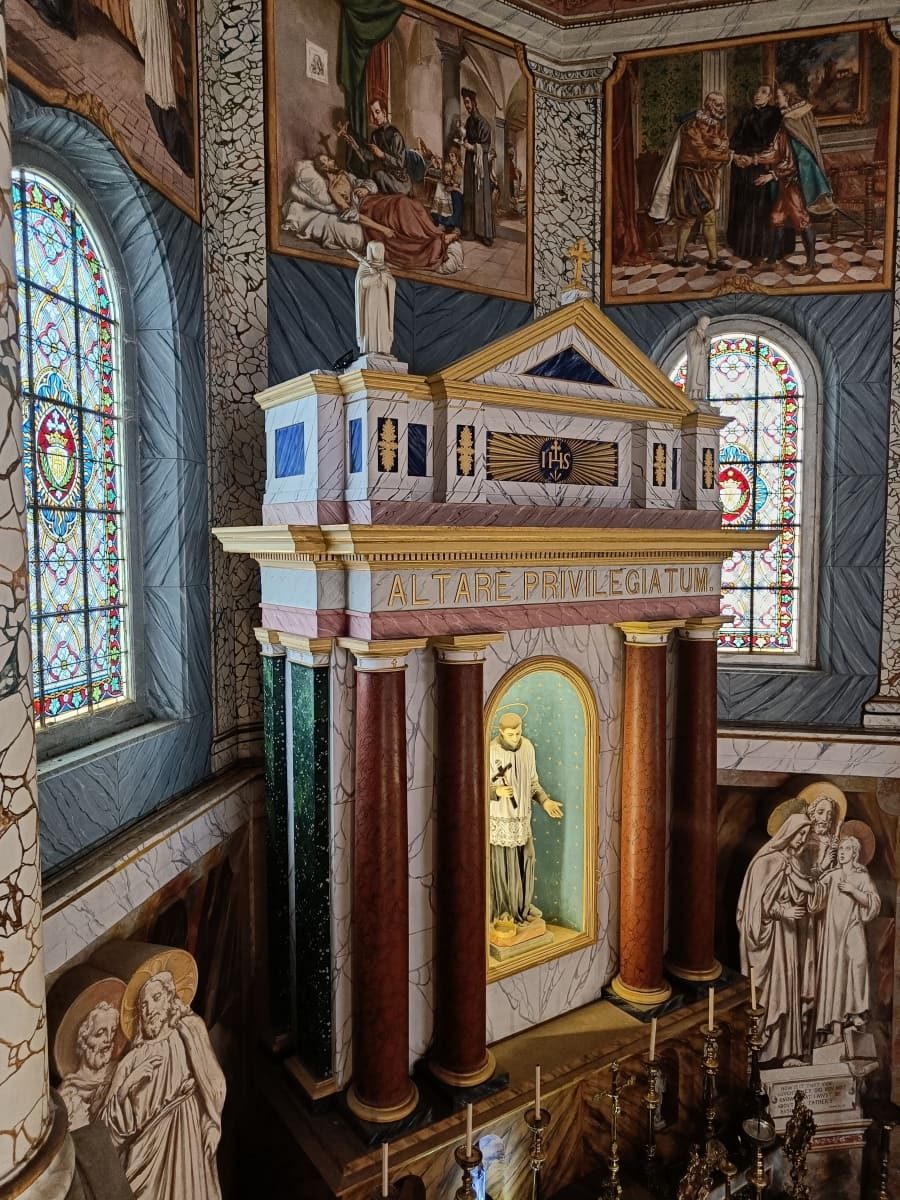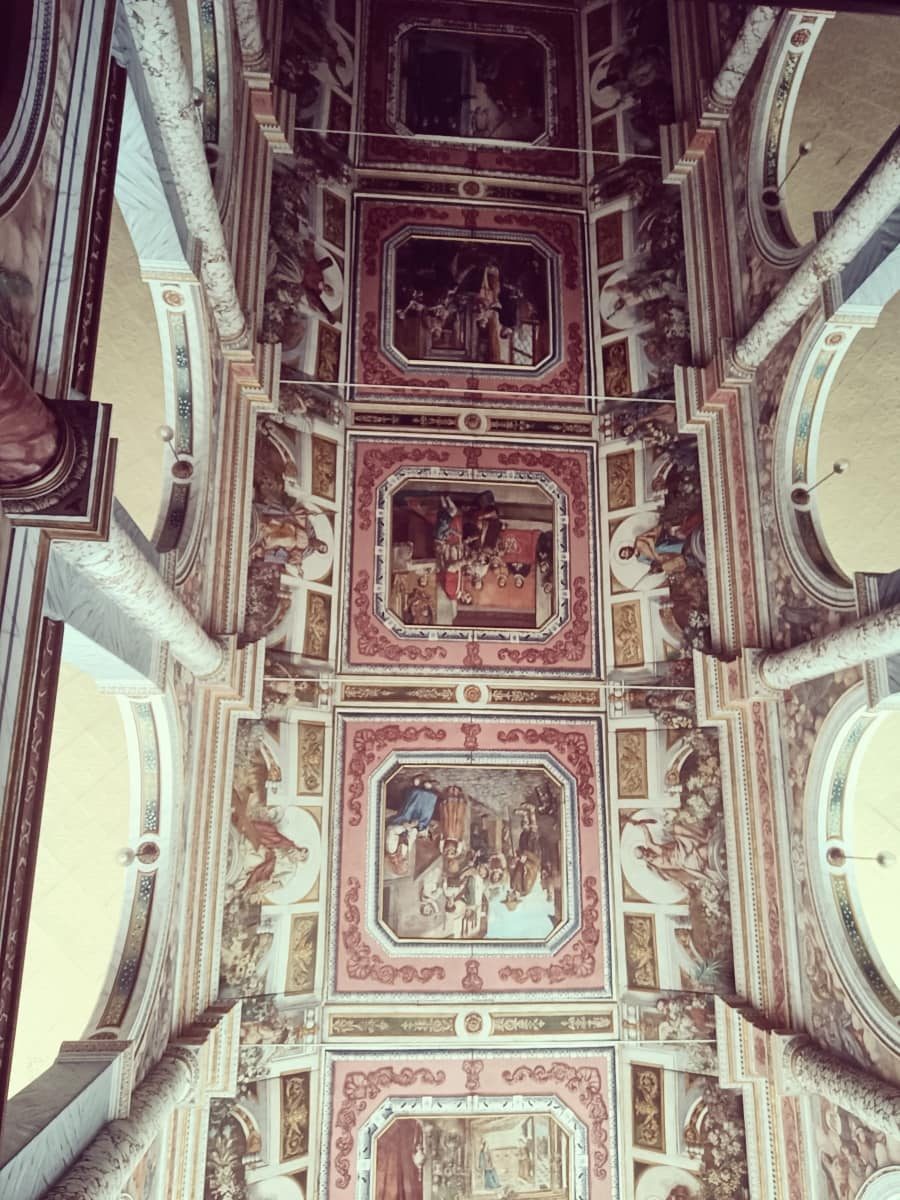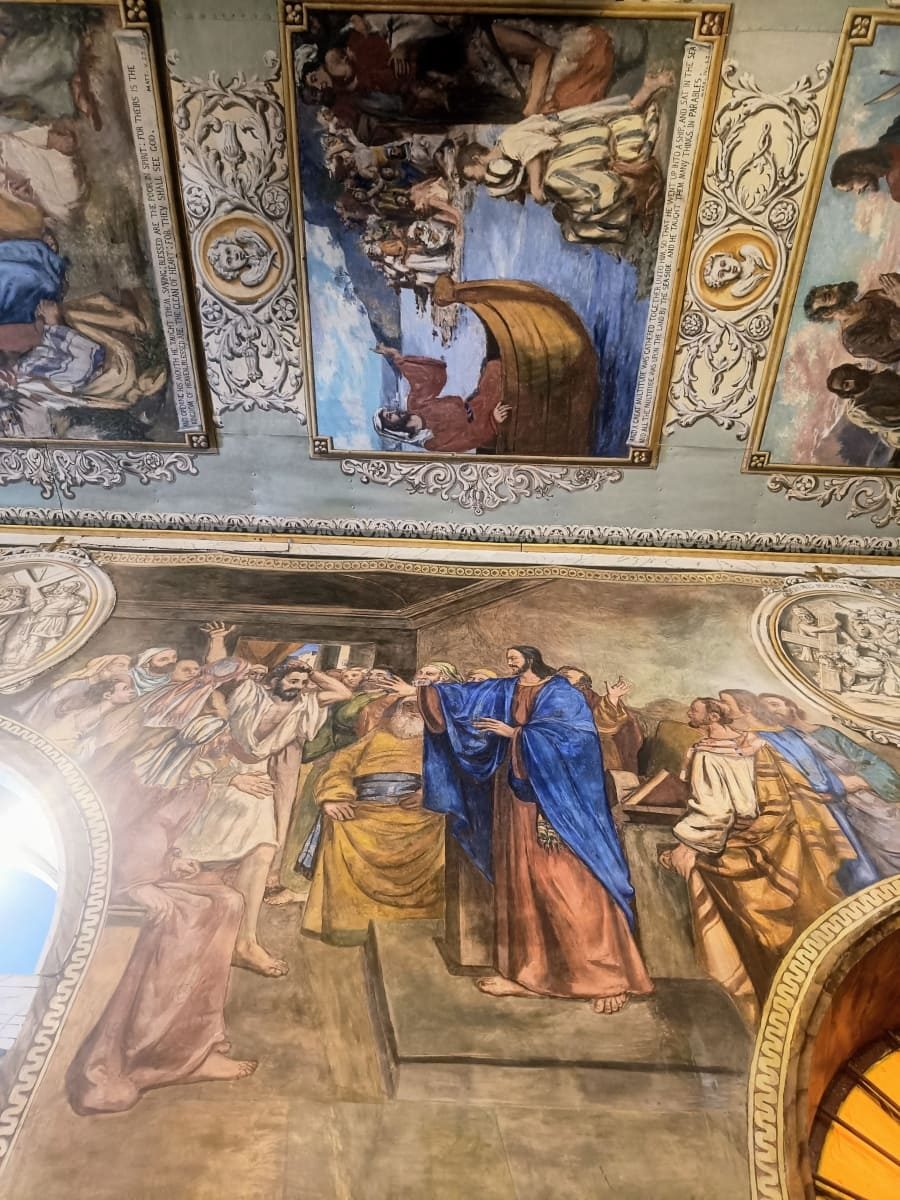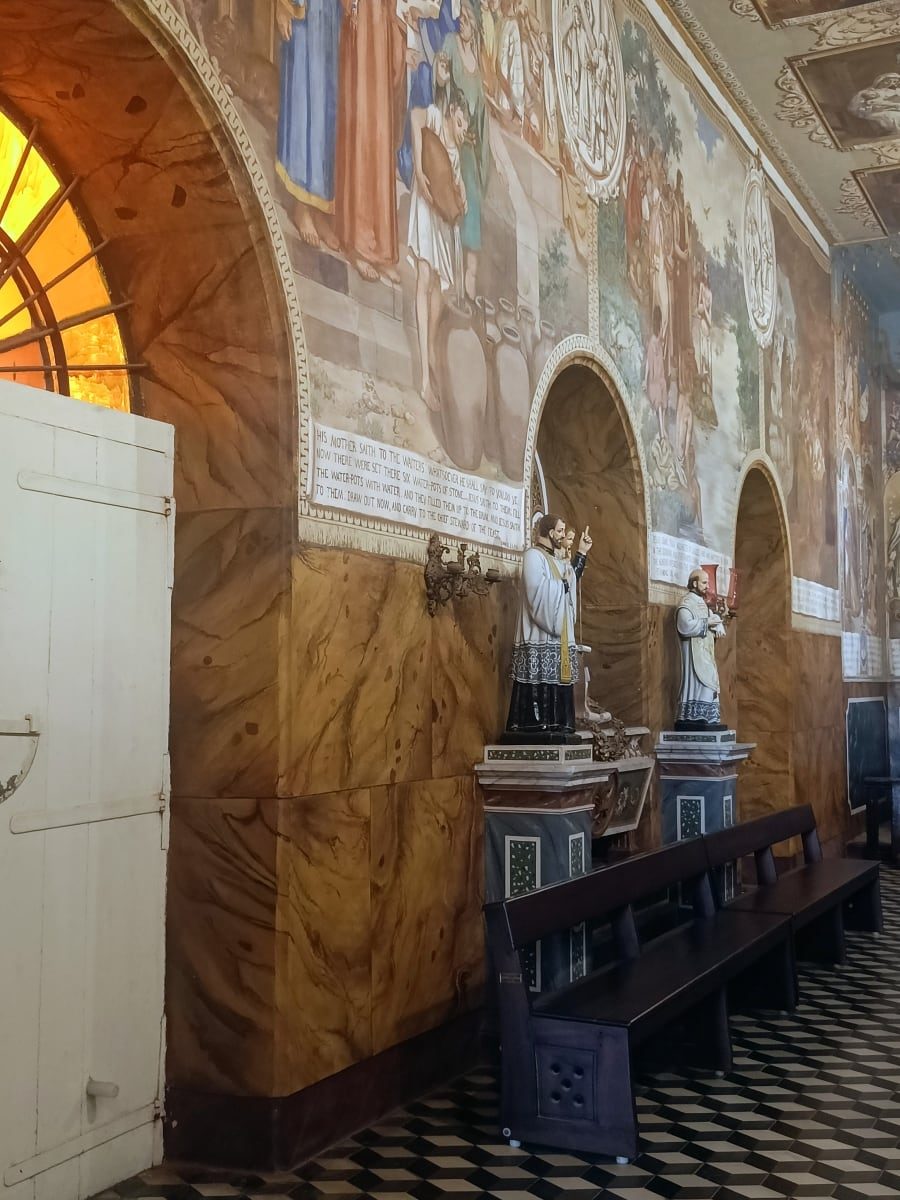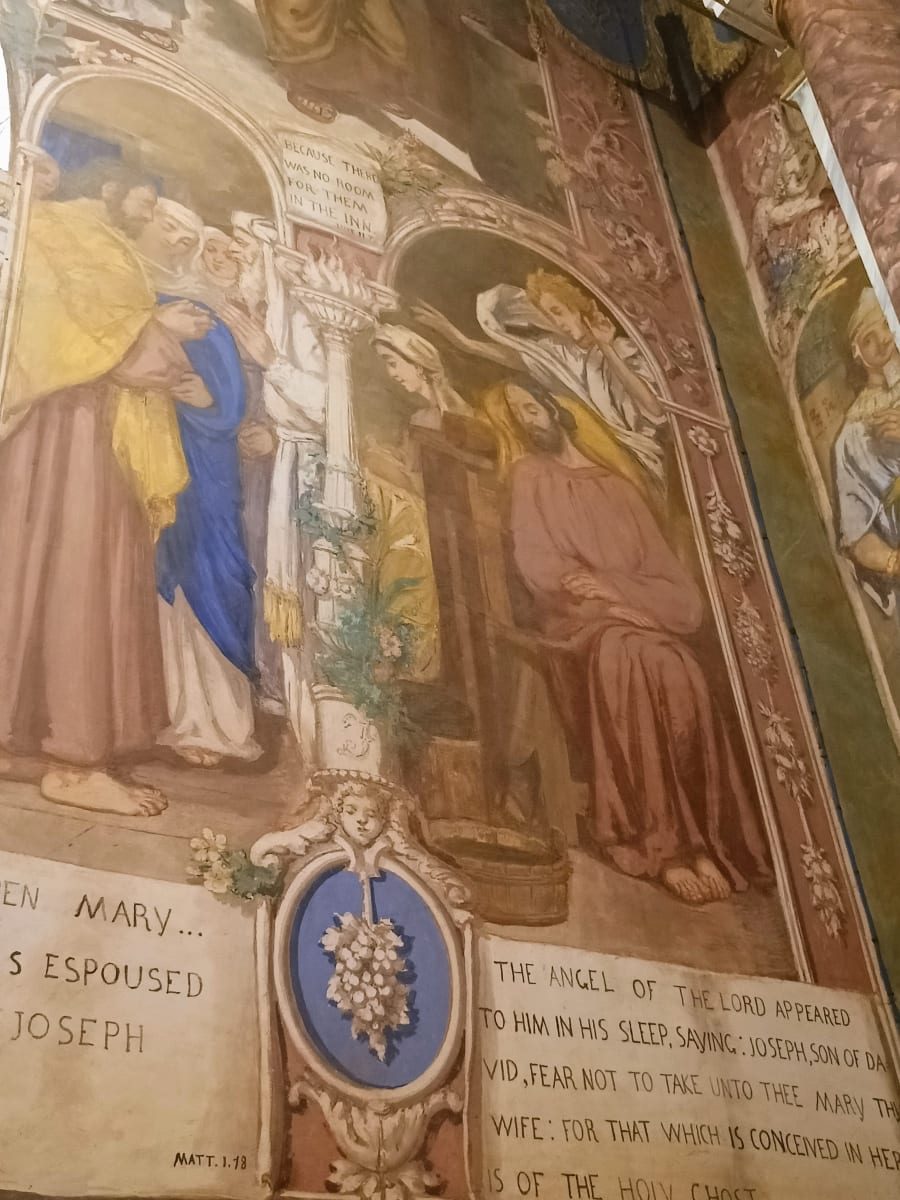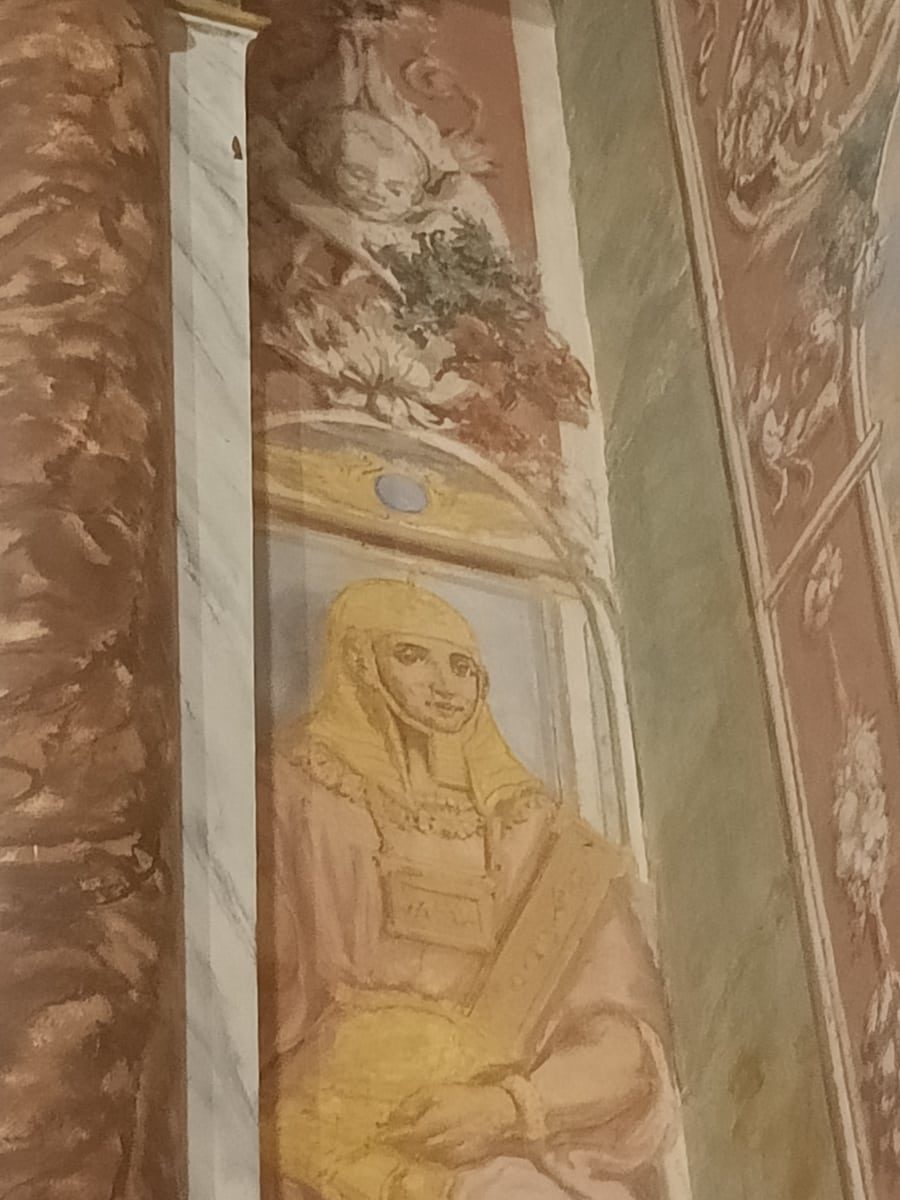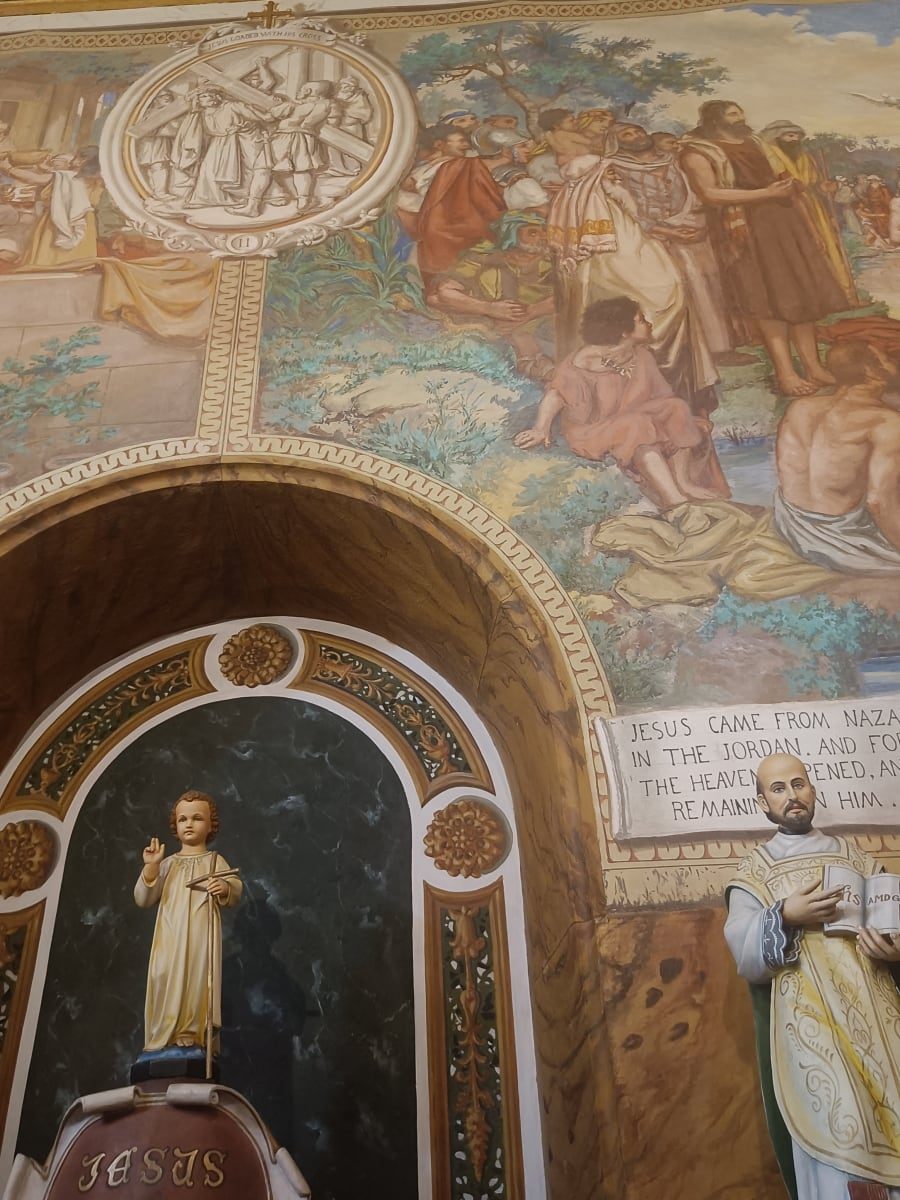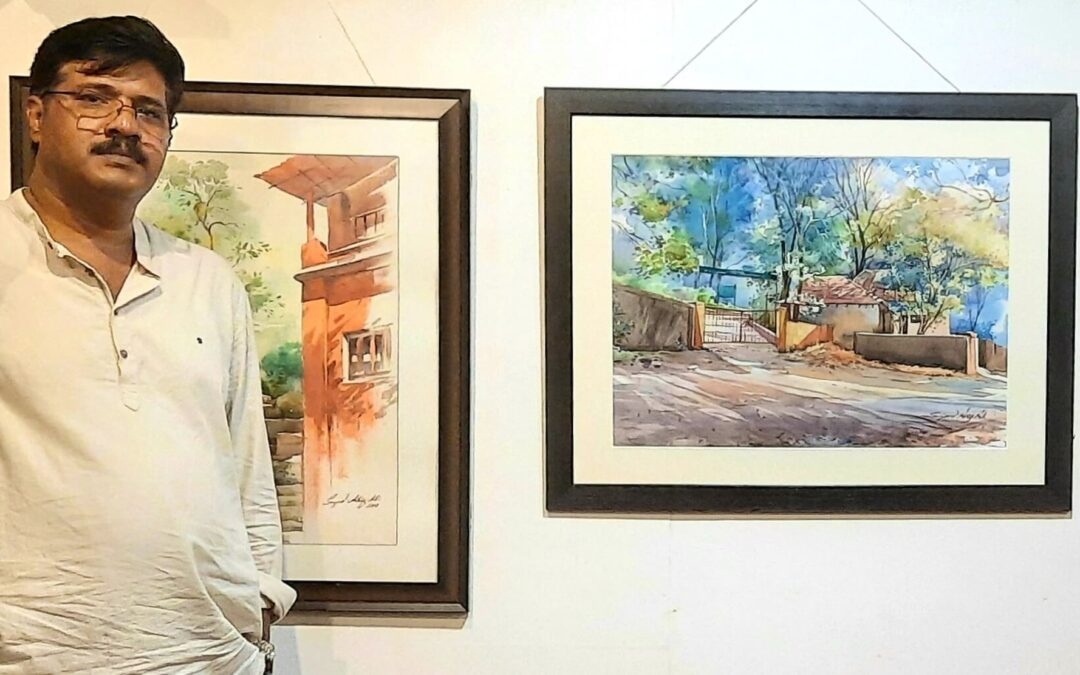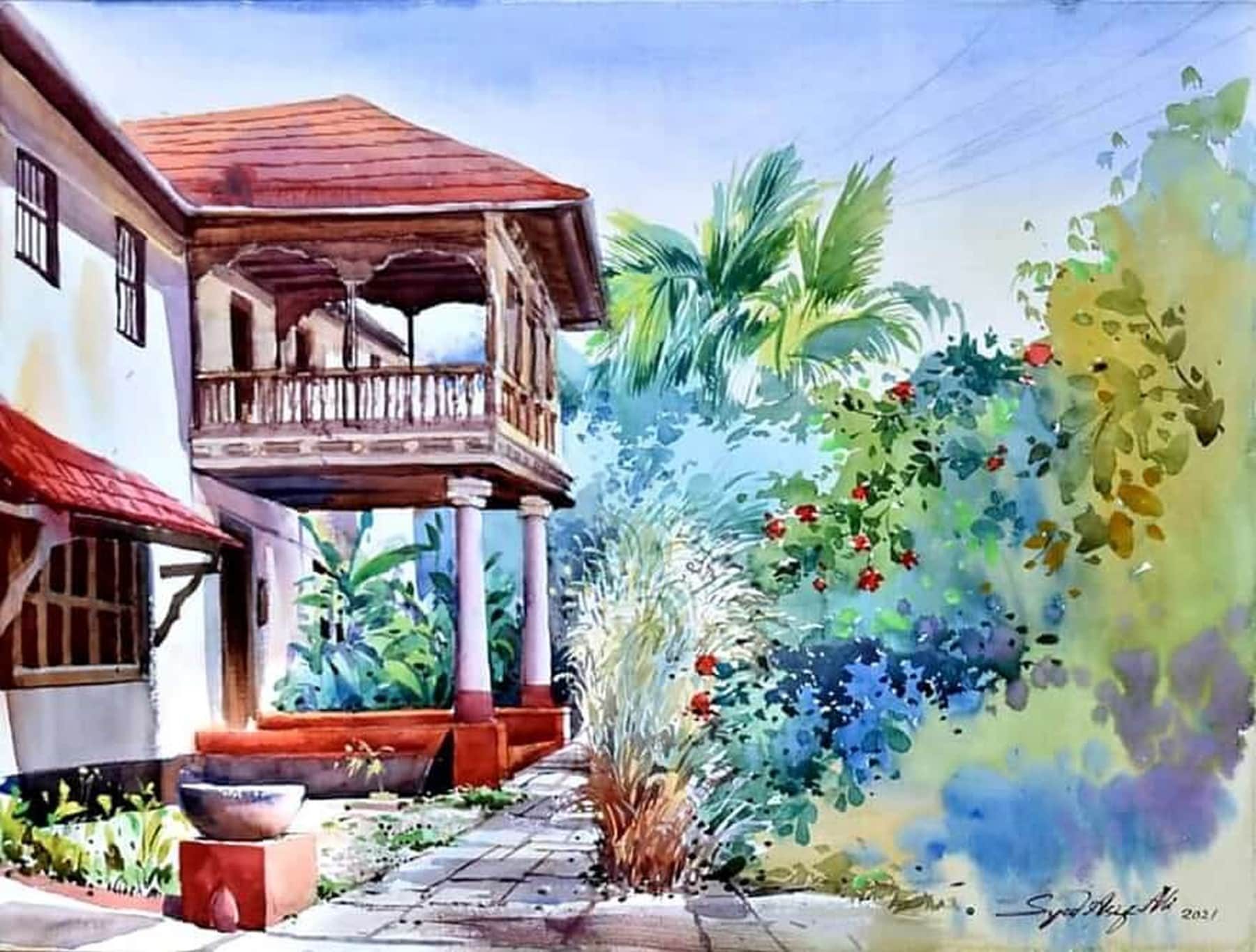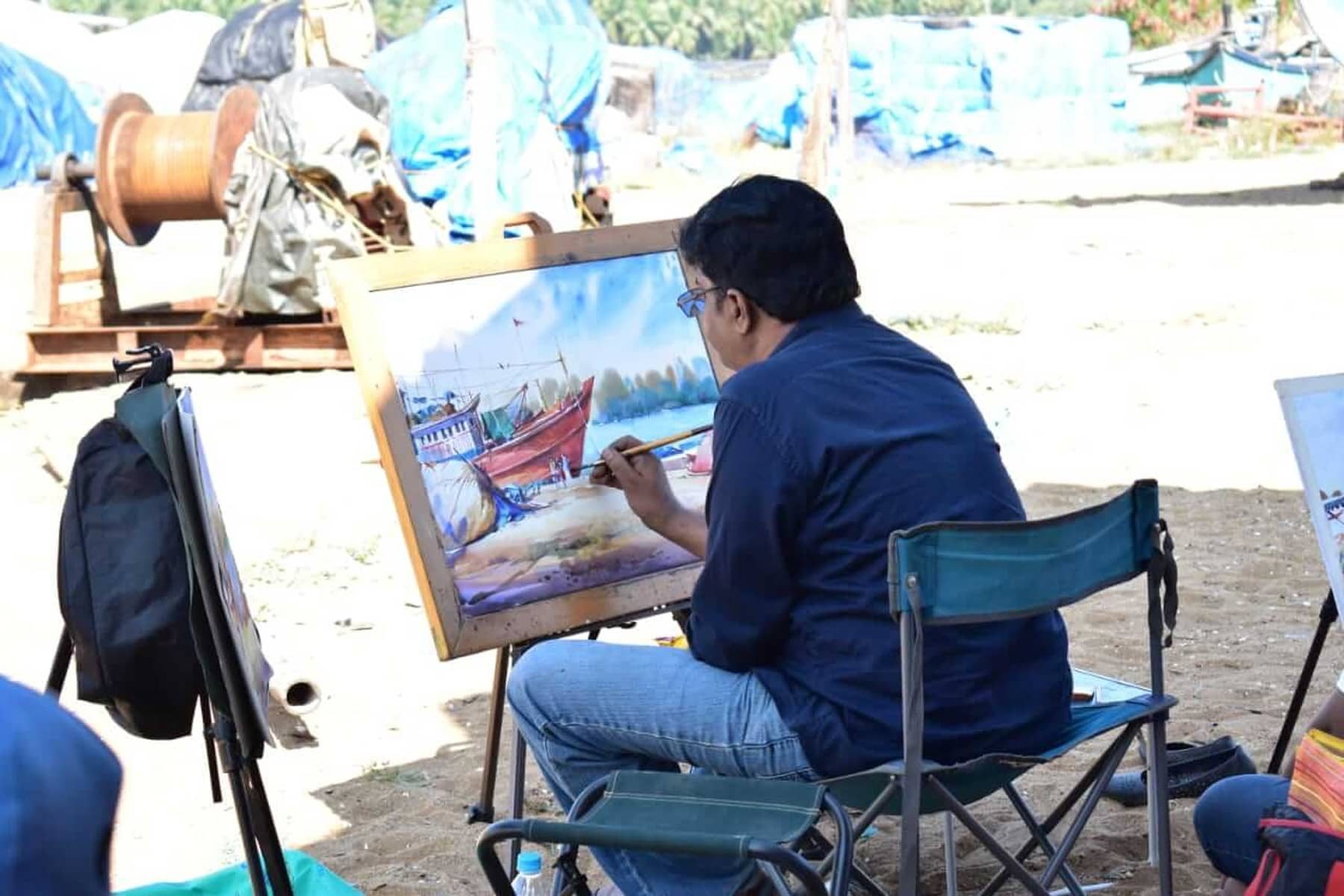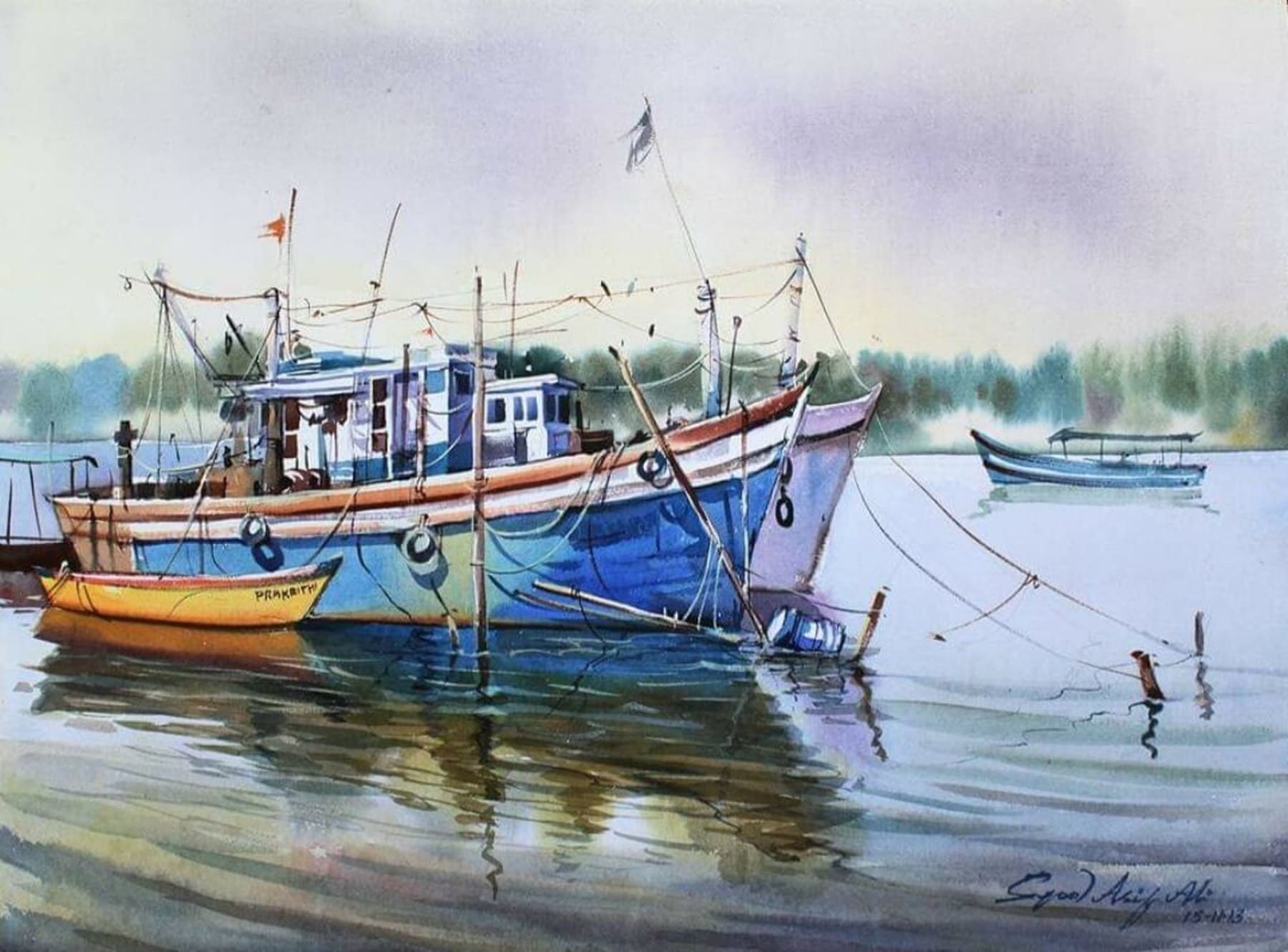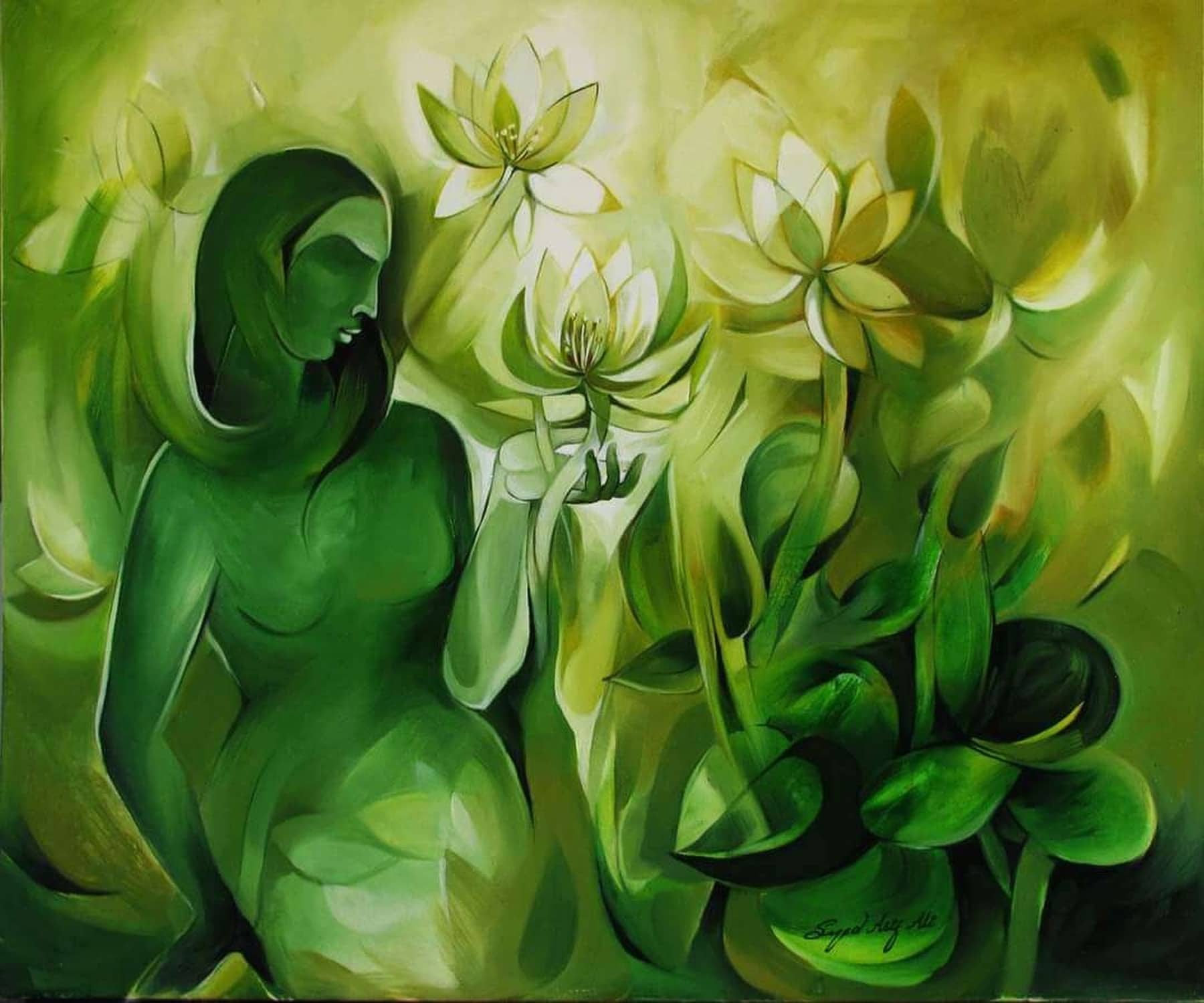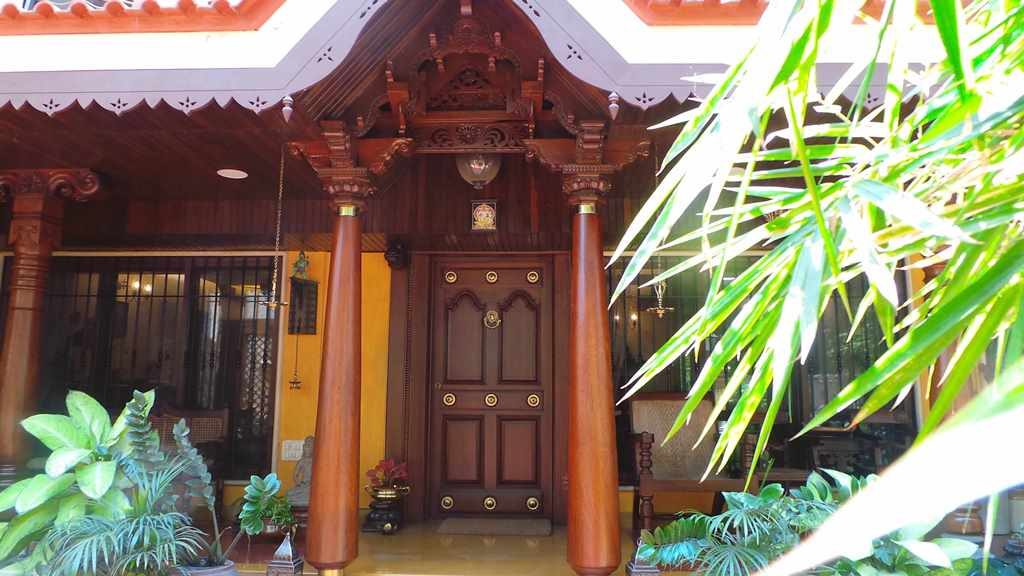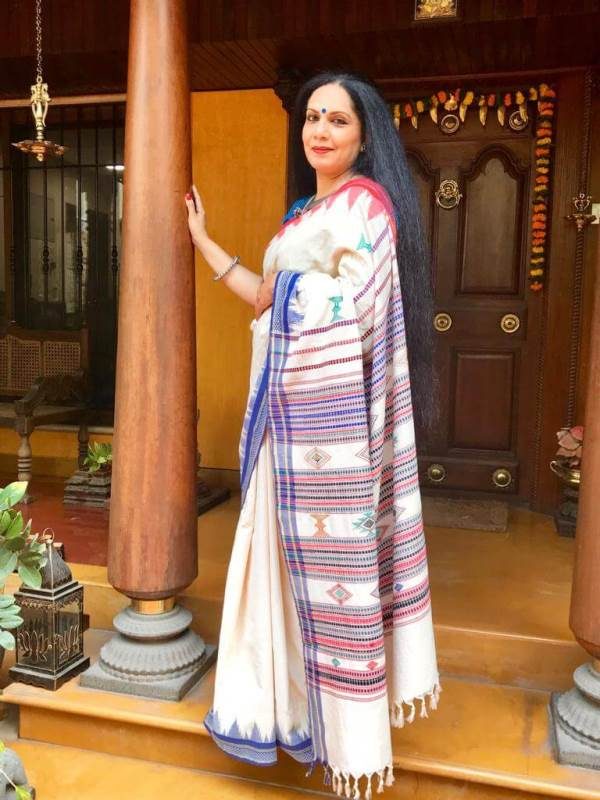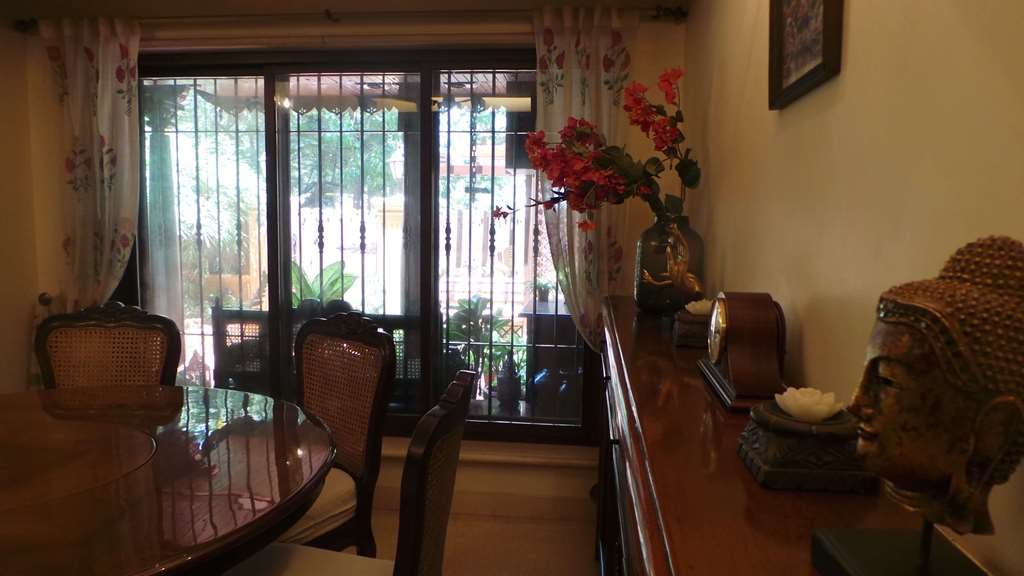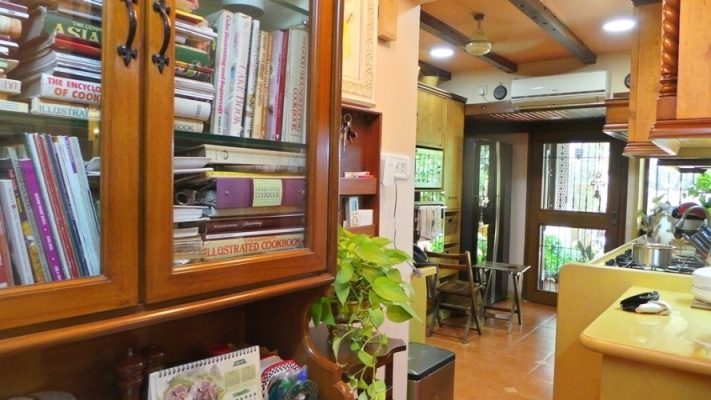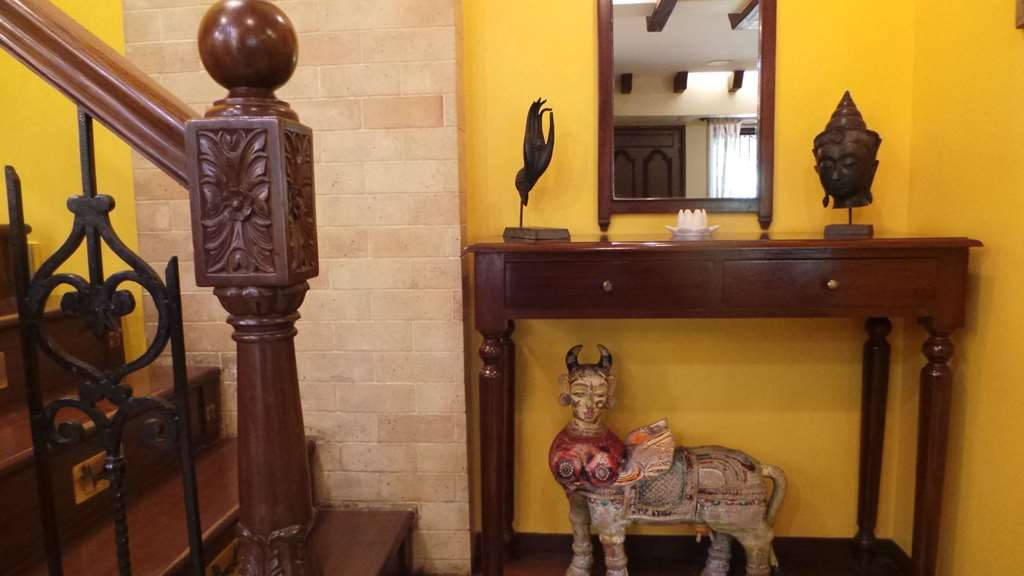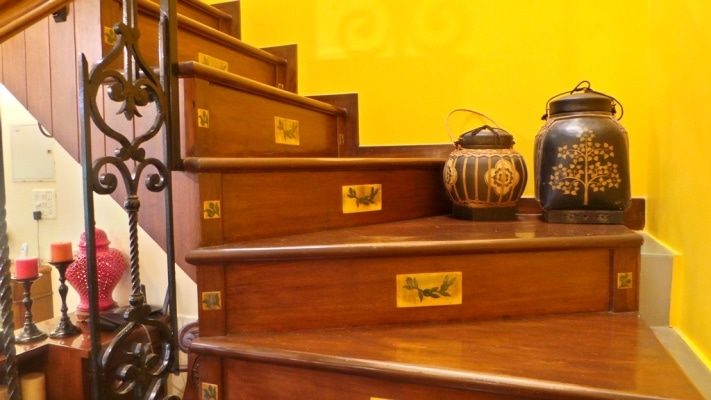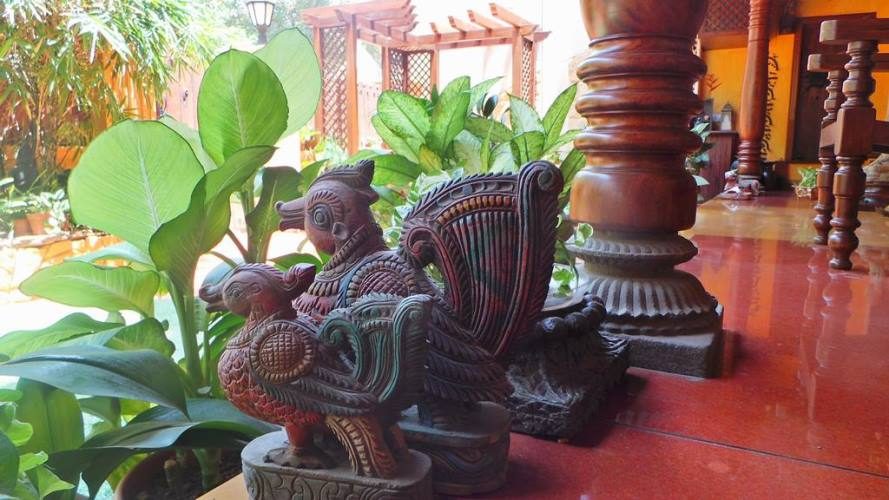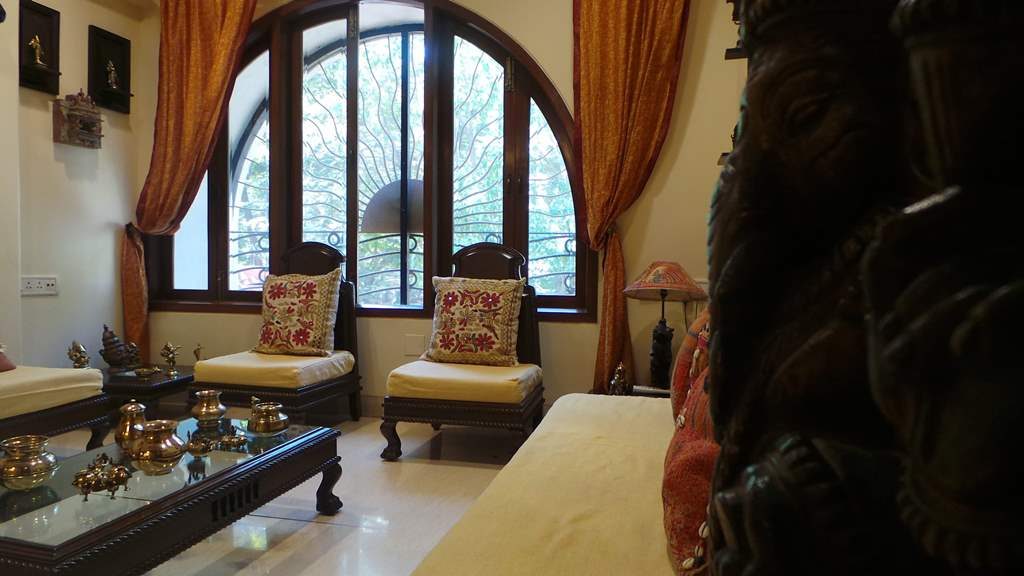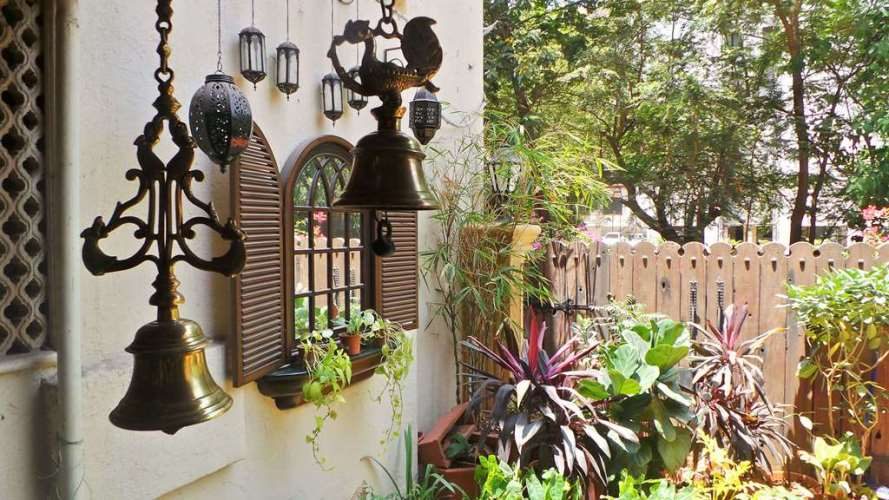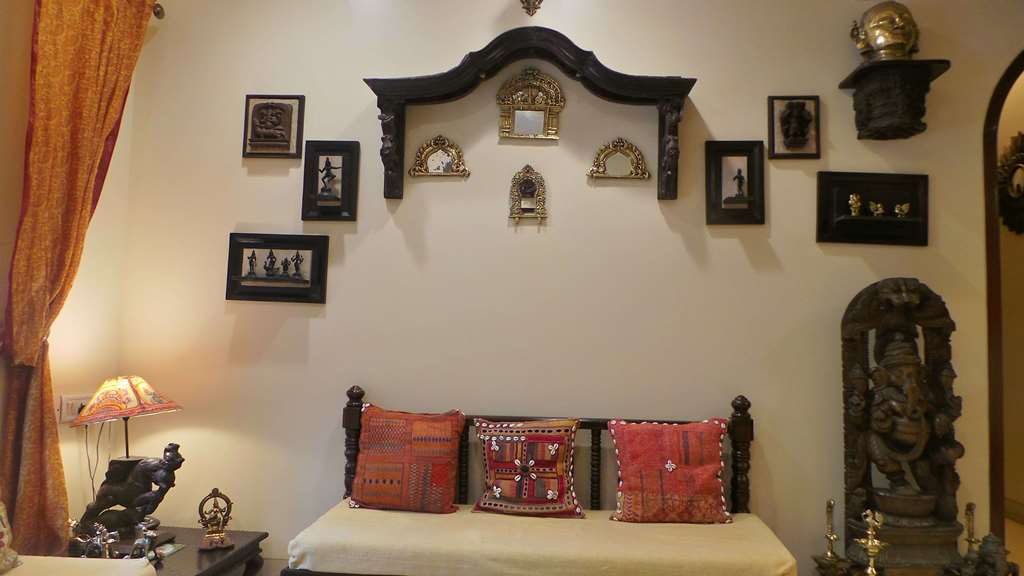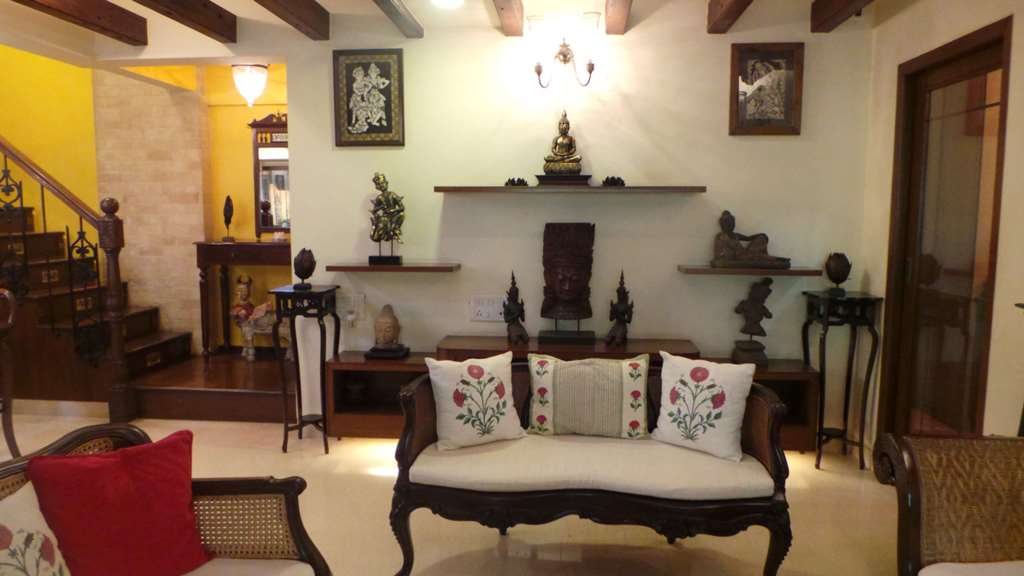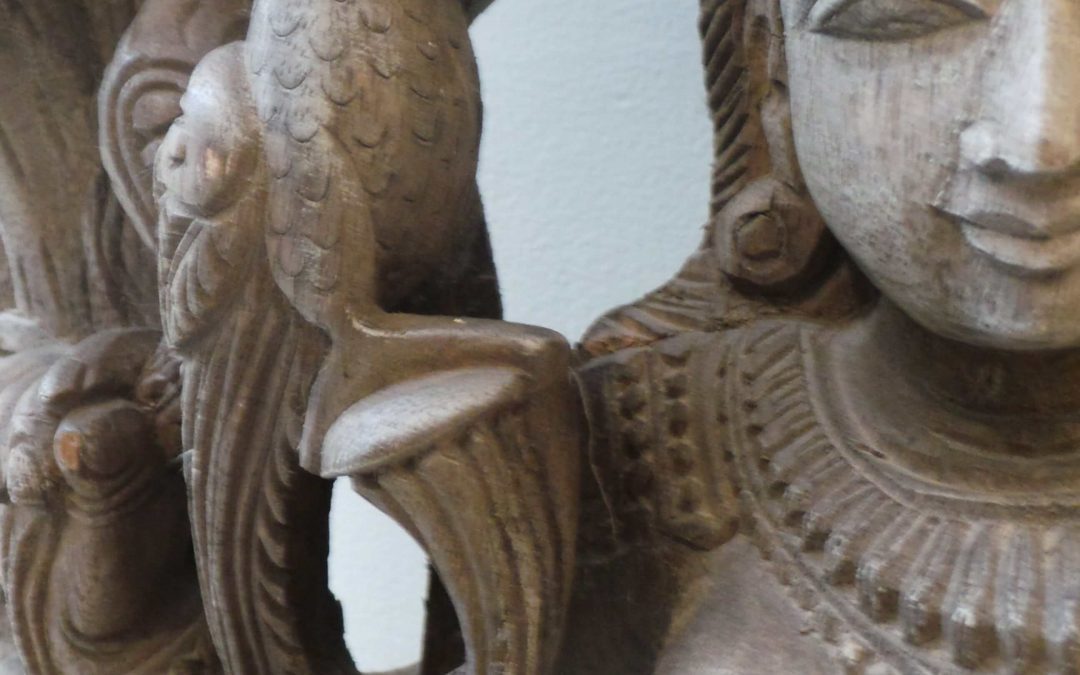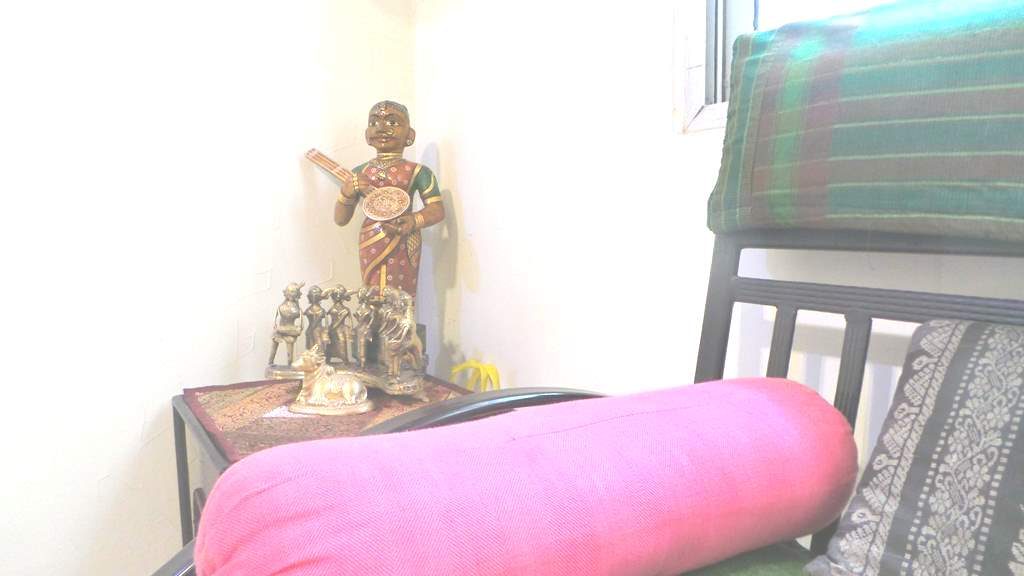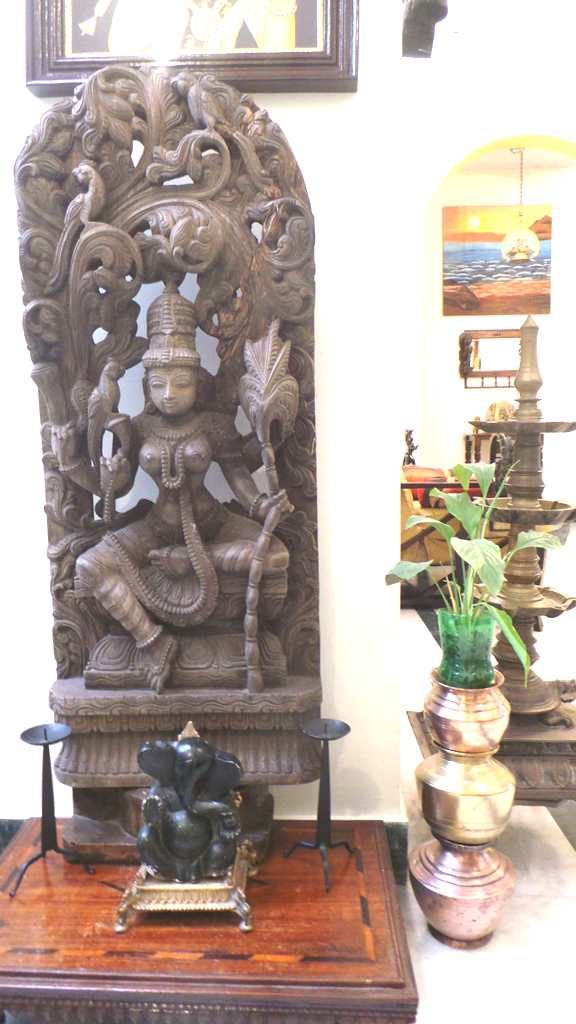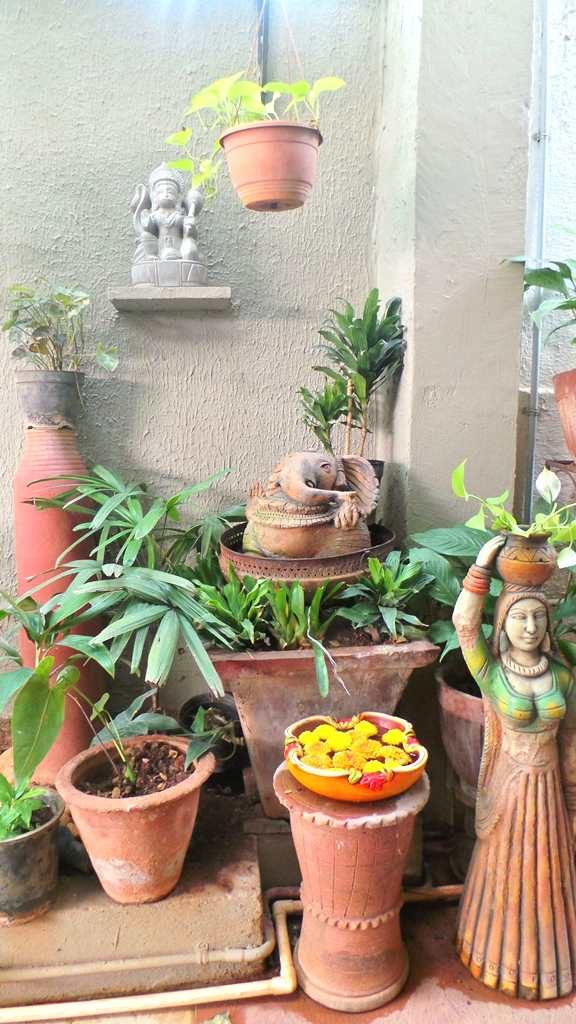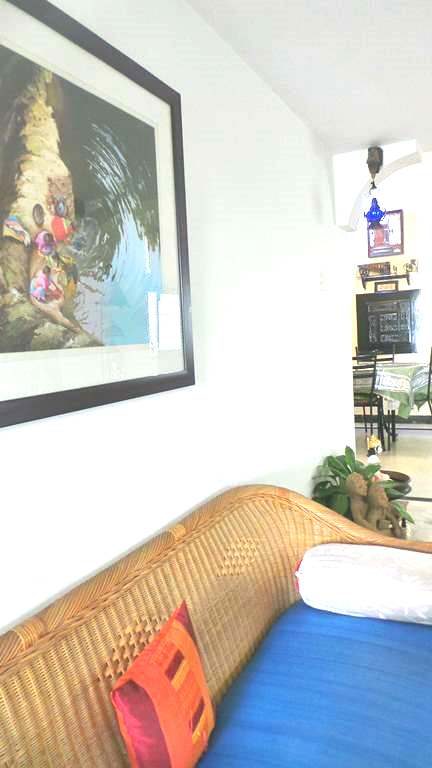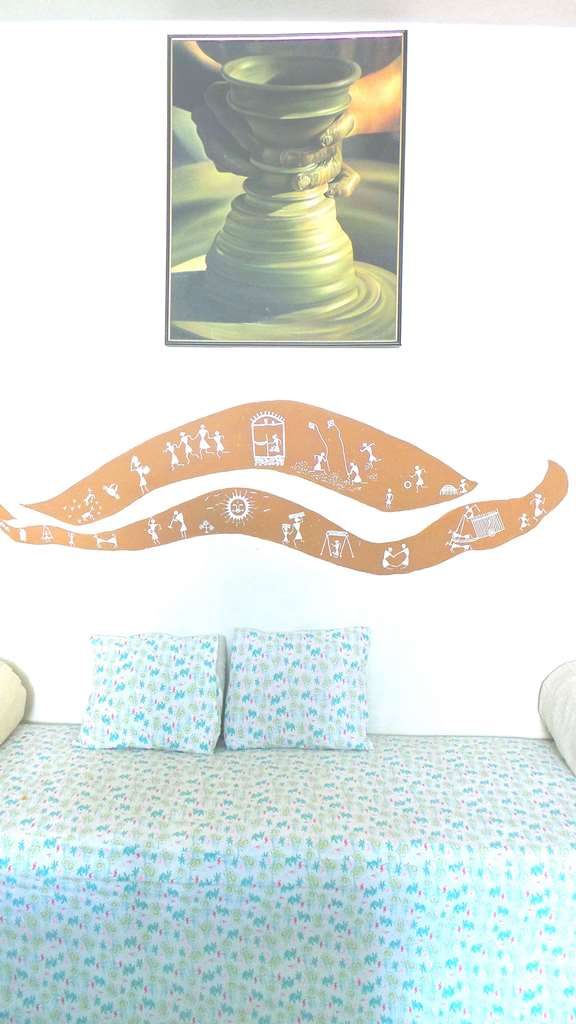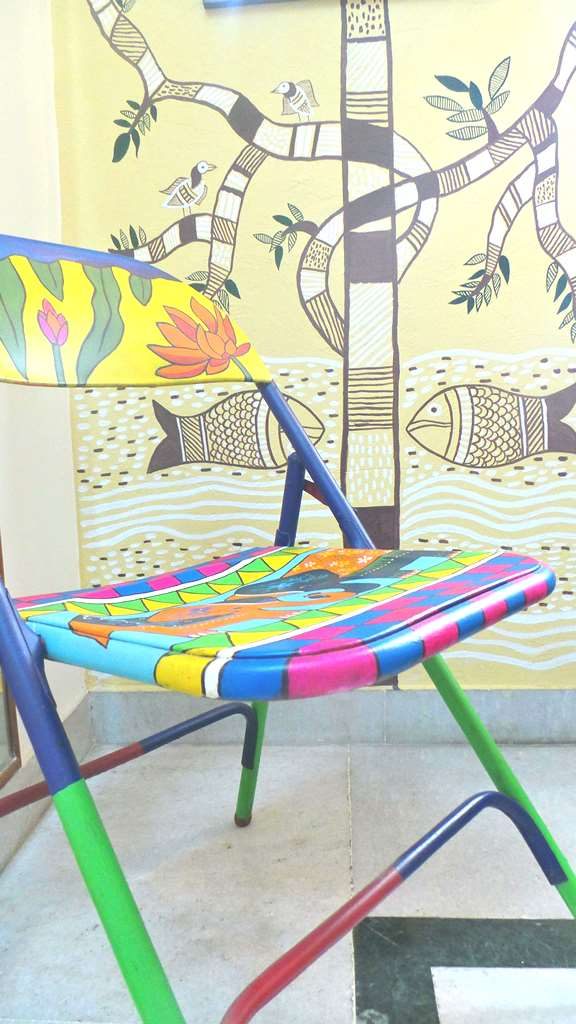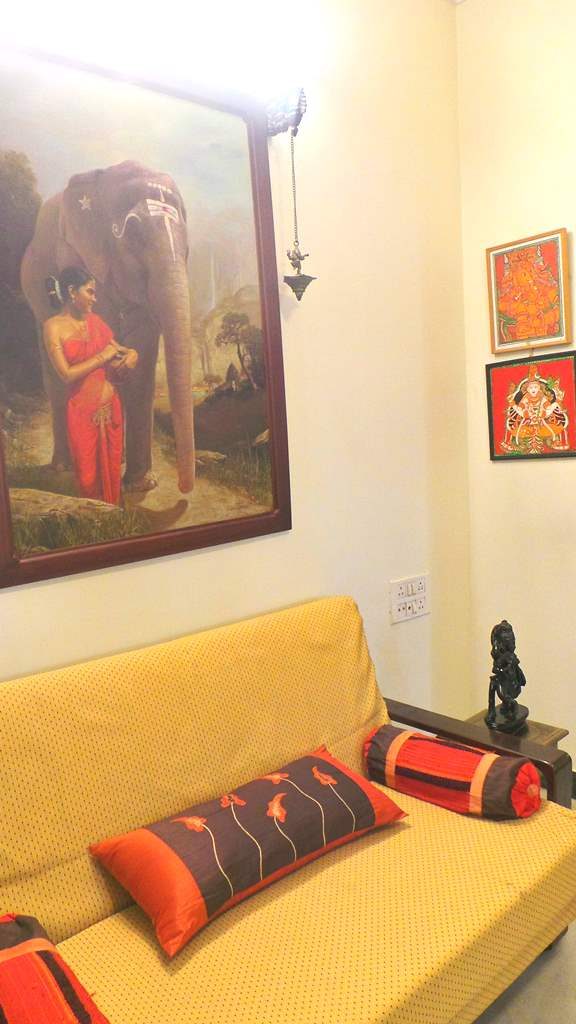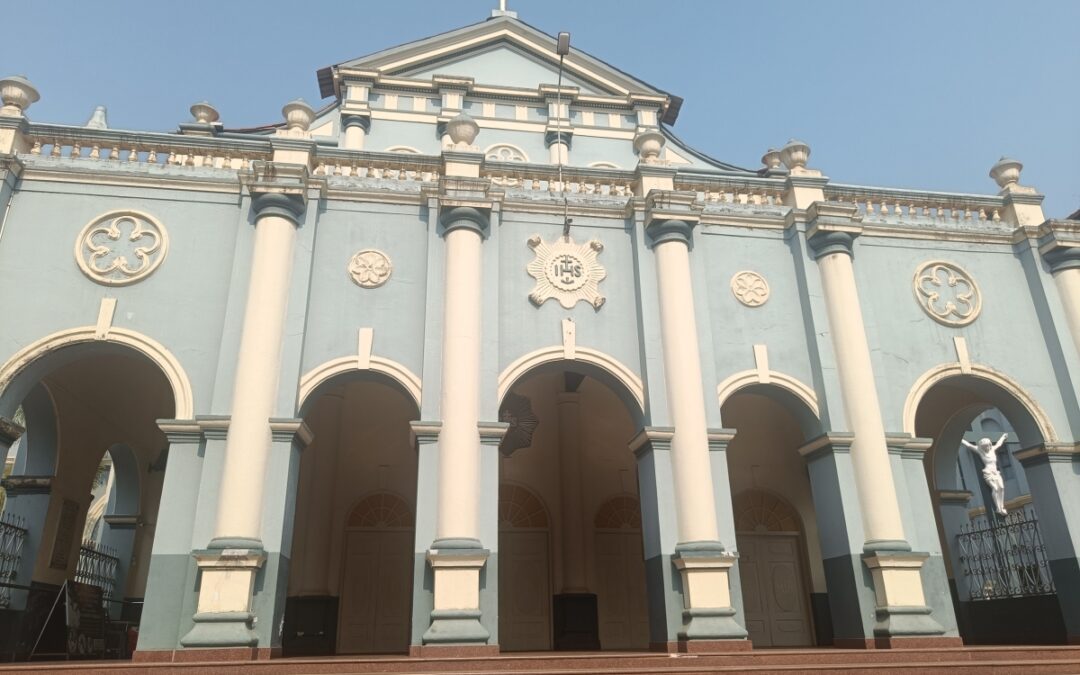
The frescos of St.Aloysius Chapel, Mangalore
~ Bear Grylls
7 reasons you should see this
The interior of the chapel is entirely decorated in frescos, just like The Sistine chapel in the Vatican City. Whereas the frescos and tapestries in Sistine Chapel were painted by different artists, most famous being Michalangelo, St Aloysious chapel was painted single handedly by Italian artist and Jesuit Antonio Moscheni in a mere two and half years (1899-1901).
Europe was too far to import paints and it is said that, Moscheni made his own paints in Mangalore. This is the reason the frescos still look fresh and have not lost their sheen. Where the high walls were painted as frescos, the method of painting directly onto wet plaster, the ceilings are covered with panels. These panels were made of tightly woven linen cloth, painted with oil pigments mixed with linseed oil. They were then stuck to the ceiling. It’s a massive 6,458 sqft of frescos and 4,305 sqft of oil paintings on canvas on the ceiling. The walls at eye level and pillars seem to be made of marble, but are in fact all painted.
Perspective and depth in art has been achieved with the use of light and shade technique. Many features look like relief work but are in fact, flat and 2 dimensional. These are characteristics of Rennaisance art where Moscheni was influenced by the paintings in the Vatican . Mr. Vincent, is a guide at the chapel and explains these different elements, pointing out features of interest. This helps us understand and appreciate all the nuances of this great work.
The paintings on the ceiling and behind the main altar portray the life of St. Aloysius Gonzaga, to whom the college is dedicated. His life events leading to his death at the age of 23 is depicted in order. The upper arches of the Nave, the main hall, depict the great saints of the church and the lower arches the Jesuit saints. The left aisle and the walls around it are dedicated to Virgin Mary and the right aisle is the altar of St Joseph. The panels on either side of the sloping portion of the ceiling portray the Apostles. The rest of the paintings portray the Scriptural history of the life of Christ.
Can you imagine being so far away from home, grappling with a new language, culture, the humidity and heat. Giving up on a career of fame and fortune in Italy as an artist, Moscheni joined the Jesuits. He was asked to travel to India and paint this chapel. Besides being a gifted artist, Moscheni was a spiritual and nature loving person. These qualities shine through in his work and his art is an offering to the Almighty. I was very lucky to see his thought process and some sketches which were discovered by chance just a few years ago in one of the rooms in the college. You can see these in the museum Aloyseum, which is opposite the chapel. In different mediums, his sketches show the planning process for this huge endeavor.
Mangalore has a weather which is hot and humid, with heavy rainfall from June to September. The frescos have not been immune to the ravages of this weather and over time, the wall facing the elements had mold and algae with distortion of images. The chapel was restored to its former glory with the help of INTACH Lucknow from 1991 to 94 and again in 2018 by INTACH-ICI Lucknow and Delhi. The process of restoration does not involve any touchup of paints but it’s a painstaking process of removal of layers of dust, mold and algae.
I could tell you all about the paintings here or you could also read about them in detail on the Chapel website. But would it really rival seeing it in person?
We owe it to the artist to study them with a reverence they deserve. To just sit here peacefully and feel the spirituality of the place. Irrespective of your faith and religion, beauty and sacrifice needs no language or faith. Come to Mangalore and soak in the atmosphere.
1. Photography is not allowed inside the Chapel. I had special permission obtained for the same.
2. Do observe the flooring. The bricks were got from Bergamo, near Milan, Italy.
3. The stained-glass windows on either side of the Altar are from Innsbruck, Austria.
4. Anyone can attend mass -Mon to Sat 6.45 & 8.15 am, Sun 6.30 & 8am
5. The service of the Chapel guide is complimentary.
6. I would like to place on record my gratitude to the Rector of St. Aloysius Institutions, Fr Melwin Joseph Pinto, for generously sharing his time and knowledge. I was also able to speak to Fr Leo D’Souza on the restoration work, when he was the Rector. Thank you for all the insights. And Mr.Vincent was a wonderful guide, explaining the different nuances of the paintings.
Lots of twinkles to all of you
Anu

